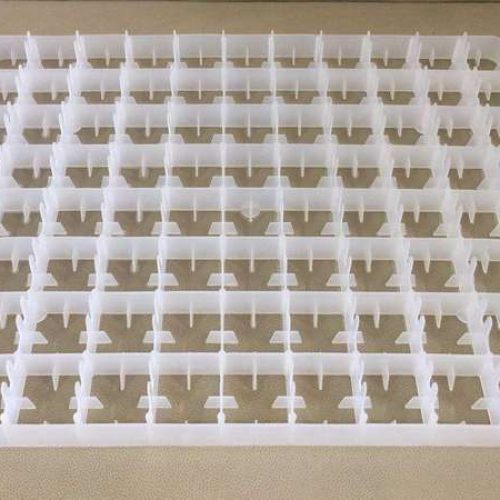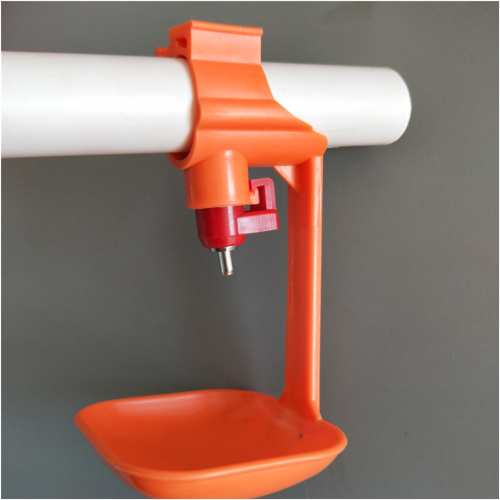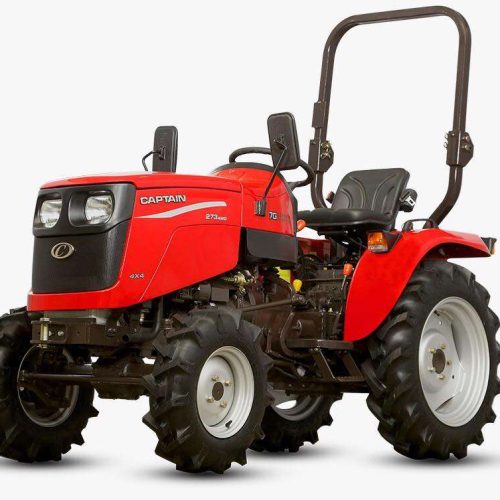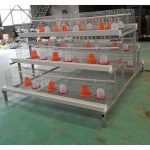Description
A 3-Tier Brooding Cage | 120 Capacity is a specialized piece of poultry equipment designed to house and protect day-old chicks (DOC) during the critical first few weeks of their lives. The “120 Capacity” indicates it can hold up to 120 chicks from day 1 until they are ready to be moved to a grow-out pen (typically at 3-5 weeks, depending on breed and space). It is an essential tool for organized, efficient, and high-survival-rate poultry farming.
Key Specifications & Features of 3-Tier Brooding Cage | 120 Capacity:
-
Structure: 3-tier (3-level) system to maximize space utilization vertically.
-
Capacity: Up to 120 chicks total (approx. 40 chicks per tier).
-
Typical Dimensions (approx.): Varies by manufacturer, but a common size is around 180cm (L) x 90cm (W) x 150cm (H).
-
Construction Material:
-
Frame: Galvanized steel or iron for rust resistance and durability.
-
Mesh Floor & Walls: Galvanized wire mesh for good ventilation and droppings removal.
-
Trays: Plastic or galvanized droppings trays under each tier for easy waste collection and cleaning.
-
-
Key Features:
-
Space-Efficient Design: Saves significant floor space compared to single-tier brooders.
-
Centralized Heat Source: Allows a single heat lamp (or heater) placed in the center to warm all three tiers effectively.
-
Easy Access & Management: Each tier has its own door for easy access to feeders, drinkers, and chicks.
-
Hygienic: Wire mesh floors allow droppings to fall through, keeping chicks clean and reducing disease risk.
-
Feed & Waterer Hooks: Integrated hooks or spaces for hanging feeders and drinkers at the correct height.
-
Purpose & Benefits of Brooding Cages:
The brooding phase (first 3-5 weeks) is the most vulnerable period in a chick’s life. This cage provides:
- Controlled Environment: Protects chicks from drafts, predators, and temperature fluctuations.
- Optimal Temperature Management: The confined, multi-tier space makes it easier and more efficient to maintain the precise temperature chicks need.
- Improved Survival Rate: By reducing stress, disease, and injury, it significantly boosts chick survivability.
- Efficient Monitoring: Allows the farmer to easily observe chick health, feed consumption, and behavior.
- Labor Savings: Simplifies feeding, watering, and cleaning compared to floor brooding systems.
Target Audience & Ideal Use:
- Commercial Poultry Farmers: For large-scale broiler or layer pullet production.
- Medium-Scale Poultry Entrepreneurs: Ideal for those with 100-500 bird batches.
- Hatcheries: For holding and starting chicks before sale.
- Serious Homesteaders: With a structured approach to poultry keeping.
Setup & Management Guide:
- Preparation: Clean and disinfect the entire cage before a new batch of chicks. Line droppings trays with newspaper for easier cleaning.
- Heating: Install a heat lamp above the center of the cage. The temperature at chick level should be 35°C (95°F) for the first week, reduced by ~3°C (5°F) each subsequent week.
- Stocking: Place chicks in the cage. Ensure the 120 capacity is not exceeded as they grow to prevent overcrowding.
- Feeding & Watering: Use chick-sized feeders and drinkers, hanging them at the height of the chicks’ backs to minimize waste.
- Daily Management: Check temperature, refill feed and water, and remove soiled tray liners daily.
Additional information
| Weight | 27 kg |
|---|










Reviews
There are no reviews yet